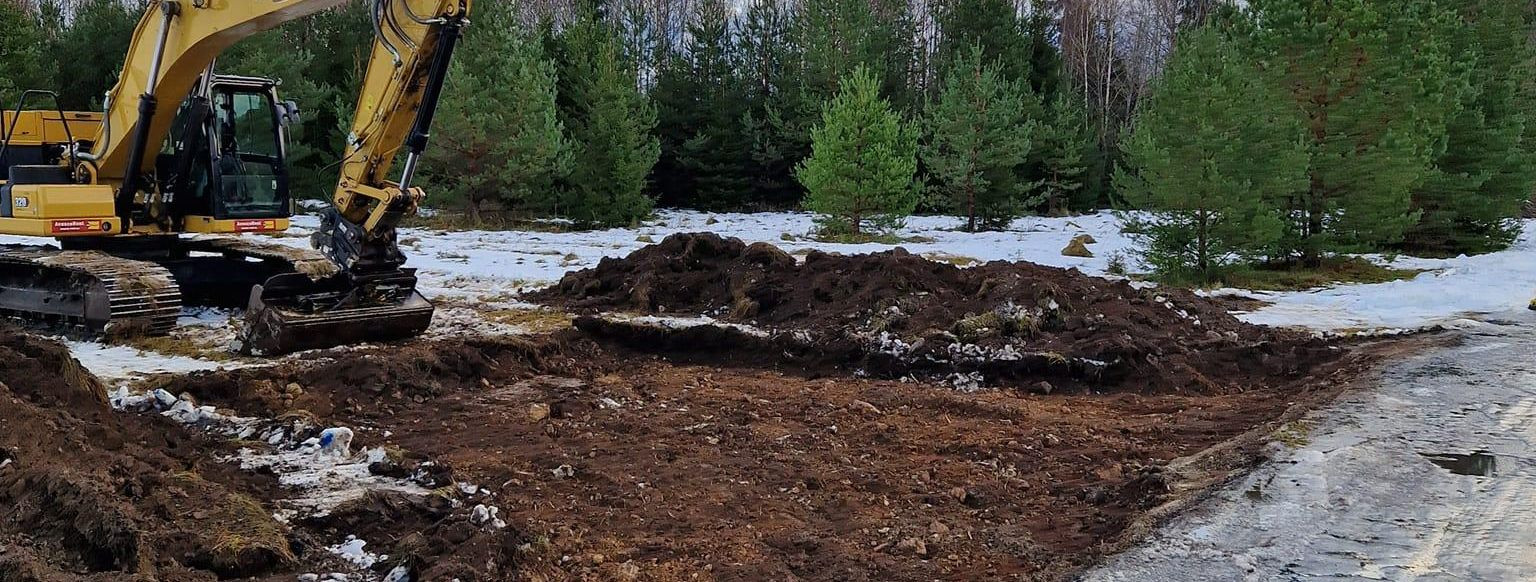5 tips for sustainable road construction
As the world becomes increasingly aware of the environmental impact of human activities, sustainable road construction has emerged as a critical aspect of urban planning and development. The construction industry, including road construction, is a significant contributor to environmental degradation, making it essential to adopt sustainable practices.
Sustainability in road construction involves minimizing the environmental footprint while still providing safe and efficient transportation routes. It encompasses the use of eco-friendly materials, energy-efficient processes, and innovative designs that reduce the impact on the natural world.
Roads can have a profound impact on the environment, from altering natural habitats to contributing to air and water pollution. Sustainable road construction aims to mitigate these effects through careful planning and the adoption of green technologies.
Tip 1: Utilizing Recycled Materials
One of the most effective ways to promote sustainability in road construction is through the use of recycled materials. This not only reduces the demand for virgin resources but also decreases the amount of waste sent to landfills.
Recycled materials can offer significant cost savings, reduce energy consumption, and lower greenhouse gas emissions. They also help conserve natural resources and promote a circular economy.
Common recyclable materials used in road construction include reclaimed asphalt pavement (RAP), recycled concrete aggregate (RCA), and glass cullet. These materials can be used for various layers of road construction, from sub-base to asphalt layers.
Tip 2: Implementing Green Pavement Technologies
Green pavement technologies are innovative solutions that aim to improve the sustainability of road surfaces. They can enhance water management, reduce heat islands, and improve the overall environmental performance of roads.
Permeable pavements allow water to pass through the surface, reducing runoff and promoting groundwater recharge. They are particularly useful in urban areas to manage stormwater effectively.
Cool pavements are designed to reflect more sunlight and absorb less heat than traditional pavements, helping to lower urban temperatures and mitigate the heat island effect.
Tip 3: Reducing Carbon Footprint with Efficient Machinery
Modern road construction requires heavy machinery, which traditionally relies on fossil fuels. By adopting more efficient machinery and alternative fuels, companies can significantly reduce their carbon footprint.
Advancements in construction equipment technology have led to more fuel-efficient and lower-emission machines. Electric and hybrid models are becoming more prevalent, offering a cleaner alternative to traditional diesel-powered equipment.
Using alternative fuels such as biodiesel, or powering machinery with renewable energy sources like solar or wind power, can further reduce the environmental impact of road construction projects.
Tip 4: Enhancing Durability and Longevity of Roads
Building roads that last longer reduces the need for frequent repairs and reconstruction, which in turn minimizes the environmental impact. Durability and longevity are key components of sustainable road construction.
Designing roads with a focus on long-term performance involves selecting materials and construction methods that can withstand the test of time and the elements, reducing the need for future resource-intensive maintenance.
Implementing proactive maintenance strategies can extend the life of roads, decrease the frequency of major repairs, and save resources in the long run.
Tip 5: Incorporating Natural Landscaping and Drainage Solutions
Incorporating natural elements into road construction can enhance the sustainability of projects. Landscaping with native plants and integrating eco-friendly drainage solutions can improve biodiversity and manage water resources effectively.
Using local vegetation for landscaping not only supports local ecosystems but also requires less maintenance and irrigation, further reducing the environmental footprint of road construction.
Eco-friendly drainage systems, such as bioswales and rain gardens, can filter pollutants from runoff, support local wildlife, and contribute to the aesthetic value of roadways.






Comments (0)